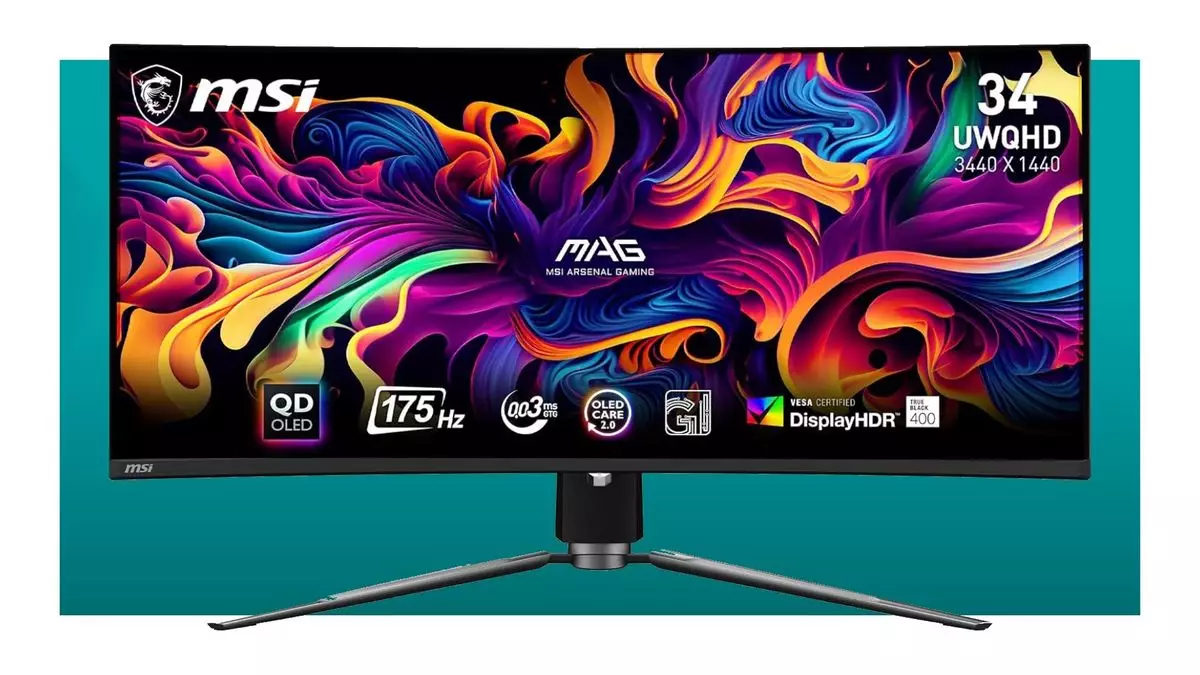In the ever-evolving world of display technology, the decision between a 32-inch 4K monitor and a 34-inch ultrawide OLED has become a topic of heated debate among tech enthusiasts and gamers alike. As manufacturers push the boundaries of resolution, size, and performance, consumers face a multifaceted dilemma that extends beyond mere specifications. In this analysis, we will explore the pros and cons of both options, focusing on key factors such as performance, cost, and user experience, ultimately guiding potential buyers through the intricacies of choosing between these two popular display options.
Understanding the Appeal of 4K Resolution
The allure of a 32-inch 4K monitor lies primarily in its staggering pixel density and image detail. With over eight million pixels packed into a smaller space, the resolution allows for sharp text, intricate graphics, and breathtaking visuals that are ideal for non-gaming tasks such as content creation and media consumption. The MSI MAG 321UP exemplifies this category, delivering a crisp visual experience that can elevate productivity and triple-A gaming alike.
However, the demand for graphical power cannot be overlooked. Although the MSI MAG 321UP’s price of $800 places it at the lower end of the 4K spectrum, harnessing 4K’s potential often necessitates a significant investment in a high-end graphics card. Users may need to spend upwards of $900 to $1,000 on a GPU to effectively drive the monitor’s resolution—an expense that quickly escalates total costs and may deter budget-conscious consumers.
Advantages of the Ultrawide Experience
On the flip side of the argument, the 34-inch ultrawide monitor offers a different kind of visual engagement. With a resolution of 3440 x 1440 pixels, the MSI MAG 341CQP provides a full panoramic view that immerses users in their gaming worlds or productivity tasks. The wider aspect ratio enhances movie-watching experiences and allows for improved multitasking capabilities, granting users the ability to view multiple windows side by side without feeling constrained.
Price is another significant factor in favor of the ultrawide model. Priced at $680, the MSI MAG 341CQP presents a more budget-friendly entry point. Coupled with the relatively lower graphical demands—a capable NVIDIA RTX 4070 Super can handle its pixel load comfortably—users can enjoy an immersive experience without the hefty financial burden that often accompanies high-resolution displays.
Performance further elucidates the distinctions between these two monitors. The ultrawide MSI MAG 341CQP boasts an impressive pixel response time of just 0.03ms and a refresh rate of 175Hz, making it a competent choice for fast-paced gaming. While gamers who obsess over the minutiae of frame rates may crave the ultra-responsive nature of displays rated at 240Hz or higher, most casual or even competitive gamers will find 175Hz more than sufficient for their needs.
Yet, potential buyers should be mindful of perceived downsides, particularly the inherent risk of burn-in associated with OLED technology. Although advancements have improved the longevity and performance of modern OLED panels, users must stay vigilant, especially if their usage pattern involves static images or lengthy sessions featuring stationary interfaces. However, with an initial three-year cover against burn-in, users can find reassurance when considering their investments.
Ultimately, the choice between a 32-inch 4K monitor and a 34-inch ultrawide OLED boils down to personal preference and intended use. Those who prioritize incredible image detail for tasks like video editing, graphic design, or high-resolution gaming might lean towards the 4K display despite its financial implications. Conversely, individuals interested in a more versatile setup for gaming and everyday usage may find the ultrawide option to be better suited to their lifestyle.
As display technology continues to advance, consumers find themselves at a crossroads filled with diverse choices. By carefully evaluating both their budgetary constraints and specific use cases, buyers can make an educated decision that truly enhances their digital experiences. Whether it’s the stunning clarity of 4K or the captivating immersion of an ultrawide display, the choice ultimately reflects the unique preferences of each user.


Leave a Reply